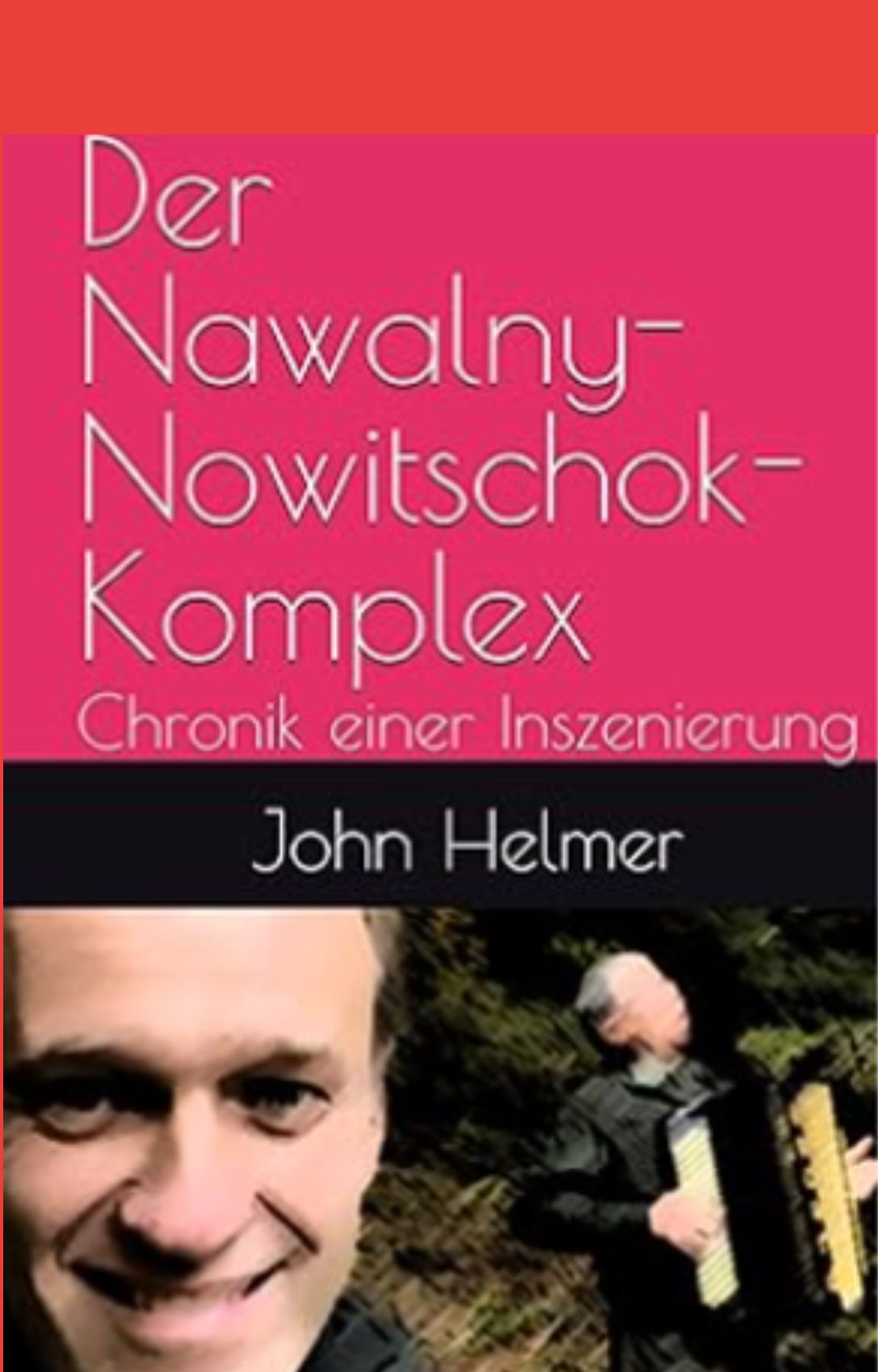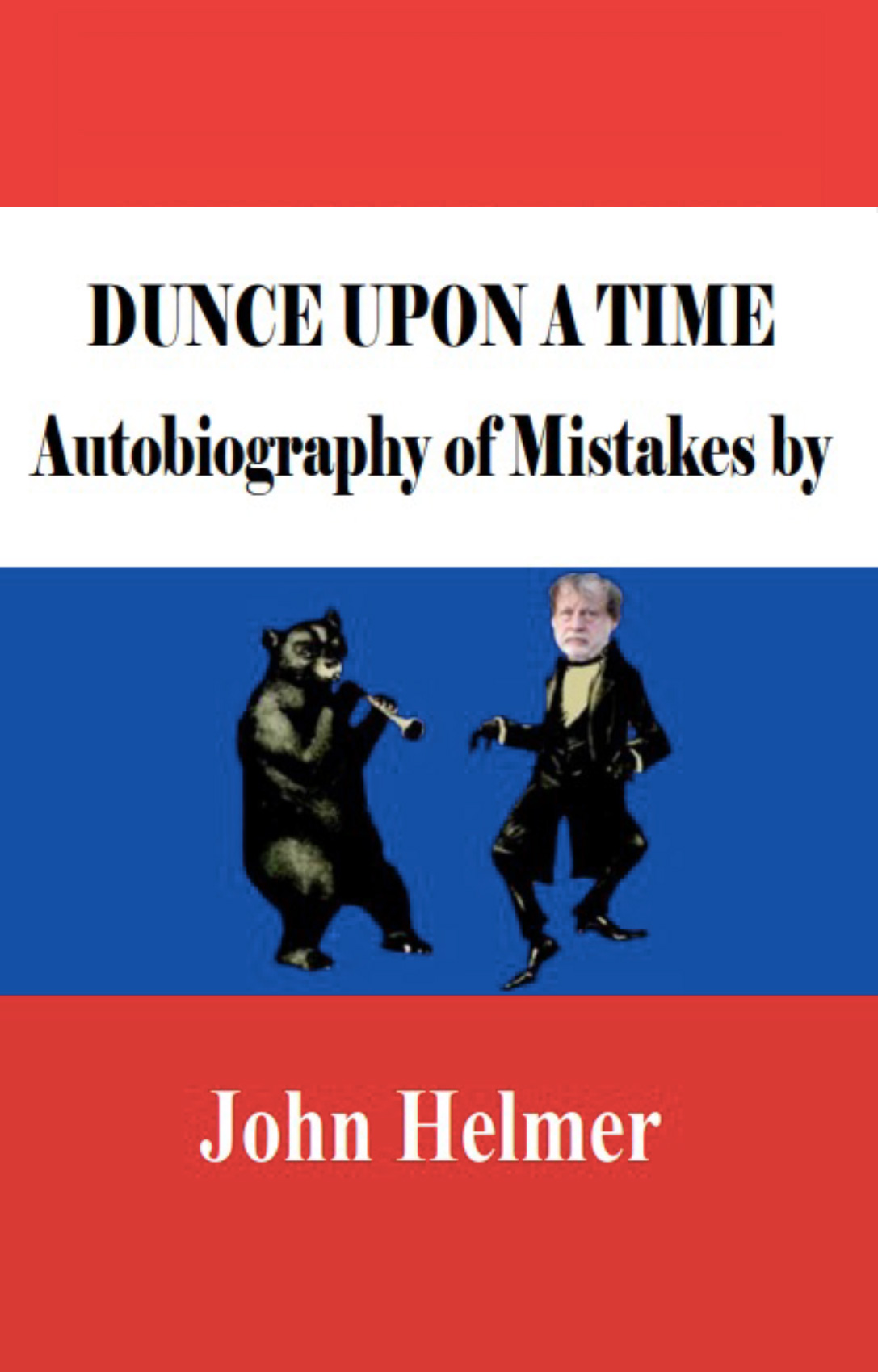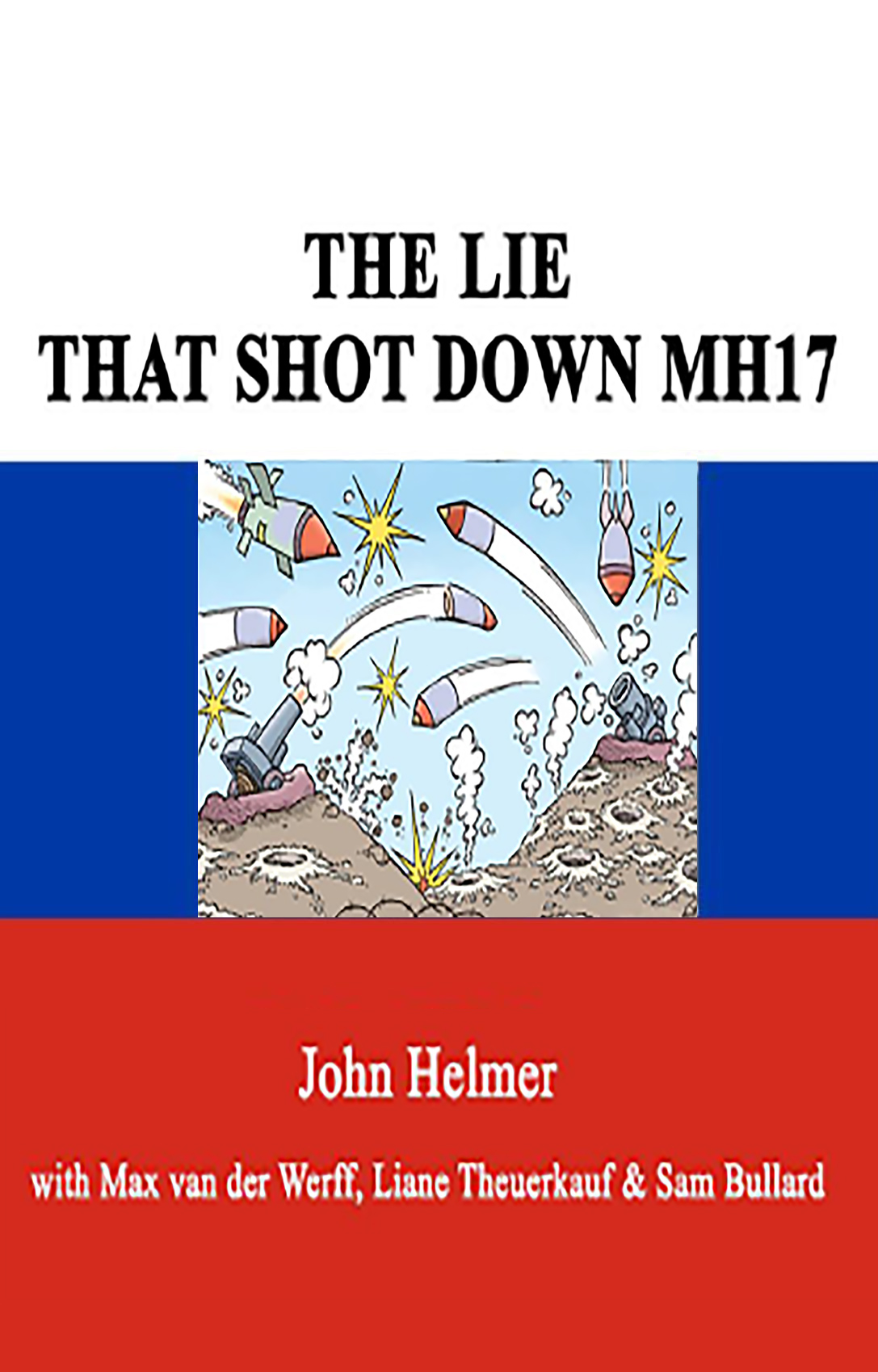
By John Helmer in Moscow
Fitch, the international ratings agency owned by the Paris-listed Fimalac, has issued a downgrade notice for Severstal, lowering its issuer default and senior unsecured ratings from BB to BB-. The agency has also placed Severstal on a further watch for the possibility of deteriorating financial information leading to a further downgrade.
A report issued by Fitch says the action reflects the “view that Severstal’s profitability and credit metrics will deteriorate in 2009-2012 to levels that are not consistent with a ‘BB’ rating. EBITDA margin dropped to -5.7% and 7.4% in Q109 and Q408 respectively, from an average 23%-24% in 2006-2008. Fitch forecasts that EBITDA margin will remain in single digit in 2009-2010. Fitch is also concerned about uncertainty surrounding steel product volume and pricing trends over 2009-2010, especially in the automotive and construction sectors to which Severstal is most exposed. ”
Responding to Severstal’s financial report this month, disclosing that Severstal North America made a $243 million Ebitda loss in the first quarter, and to this site’s publication last week of borrowing covenants in Severstal’s 2013 and 2014 Eurobonds, Fitch has announced: “Severstal’s attempts to restructure its US assets have failed to improve the performance of its North America division, which in Q109 reported an EBITDA margin of -25%… Fitch expects Severstal’s 2009 profitability to remain under pressure and to materially weaken from 2006-2008 levels. As a result, the agency believes that Severstal could breach covenants under various facilities.”
Fitch told the market it will “assess expected developments in Severstal’s key markets and the adequacy of anti-crisis measures announced by management to reduce financial and operational risks.”
(more…)





















